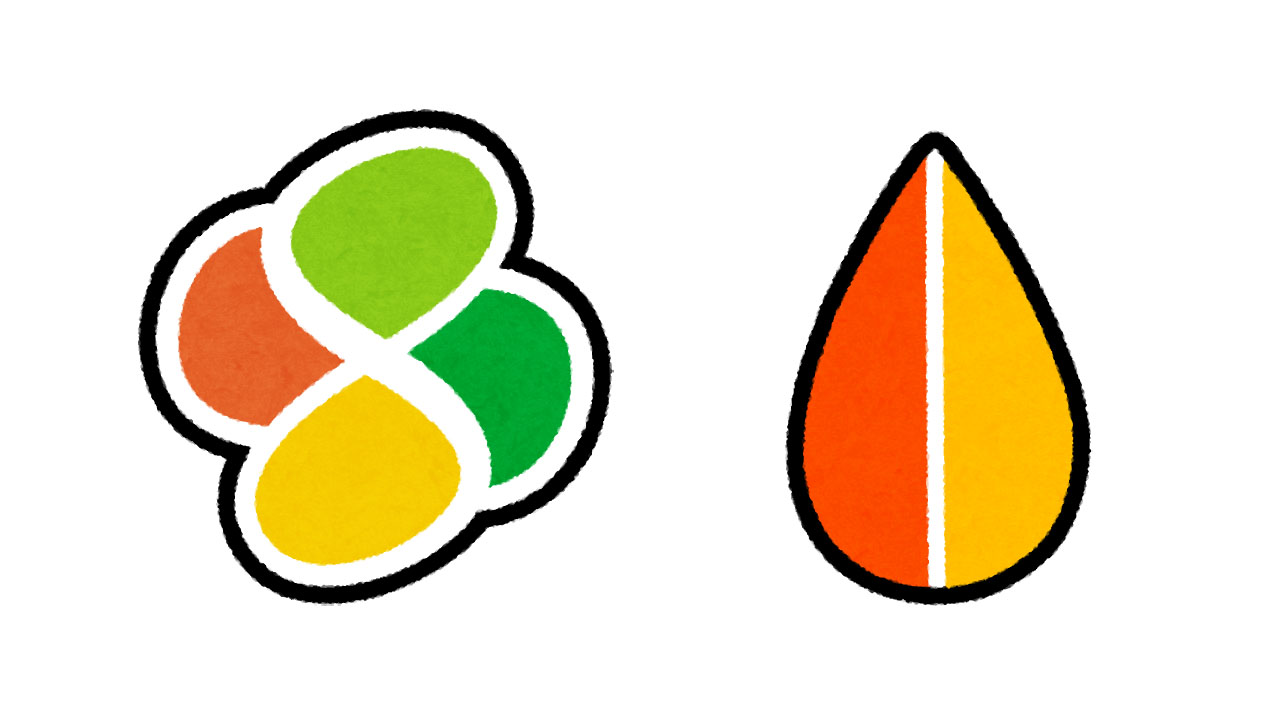- What is the Elderly Driver Mark?
- Two Designs of the Elderly Driver Mark
- Age Requirement for the Elderly Driver Mark
- Purchasing and Displaying the Elderly Driver Mark
- Obligation to Display the Elderly Driver Mark
- Percentage of Elderly Drivers Displaying the Mark
- Benefits of the Elderly Driver Mark
- Conclusion
What is the Elderly Driver Mark?
In Japan, you may have noticed a special mark displayed on the rear of some vehicles. This is called the “Elderly Driver Mark” or, more formally, the “Elderly Driver Sign.” As stipulated in Article 71-5 of the Road Traffic Act, this mark is intended to promote safe driving among elderly drivers.
Two Designs of the Elderly Driver Mark
The Elderly Driver Mark comes in two distinct designs:
- “Maple Leaf Mark”: A green maple leaf on a yellow background. The maple leaf was chosen as a symbol of the elderly.
- “Four-Leaf Clover Mark”: A green four-leaf clover on a yellow background. The four-leaf clover was selected as a symbol of “good luck.”
Both designs serve the purpose of alerting other drivers to the presence of an elderly driver behind the wheel. The two options allow elderly drivers to choose the design they prefer.
Age Requirement for the Elderly Driver Mark
The Elderly Driver Mark is intended for drivers aged 70 and above. However, displaying the mark is not mandatory; it is a voluntary choice.
Purchasing and Displaying the Elderly Driver Mark
The Elderly Driver Mark can be purchased at auto parts stores or online, typically costing a few hundred yen. Drivers can easily attach the mark to the rear of their vehicles themselves.
Obligation to Display the Elderly Driver Mark
Currently, displaying the Elderly Driver Mark is not obligatory. However, drivers aged 75 and above are required to undergo a cognitive function test when renewing their driver’s license. If a driver does not meet certain criteria in this test, they may be obligated to display the Elderly Driver Mark.
Percentage of Elderly Drivers Displaying the Mark
According to a survey by the National Police Agency, as of 2021, approximately 48% of drivers aged 70 and above displayed the Elderly Driver Mark. The likelihood of displaying the mark tends to increase with age.
Benefits of the Elderly Driver Mark
Displaying the Elderly Driver Mark alerts other drivers to the presence of an elderly driver, potentially helping to prevent accidents. It can also encourage elderly drivers themselves to practice safer driving habits.
Conclusion
The Elderly Driver Mark is a voluntary sign that drivers aged 70 and above can display on their vehicles. With two designs featuring a maple leaf and a four-leaf clover, the mark serves to notify other drivers of the presence of an elderly driver. Although not mandatory, the Elderly Driver Mark is expected to promote safe driving among elderly drivers and contribute to accident prevention. It is important for all drivers to understand and respect the challenges faced by elderly drivers, fostering a considerate driving environment for everyone on the road.





















